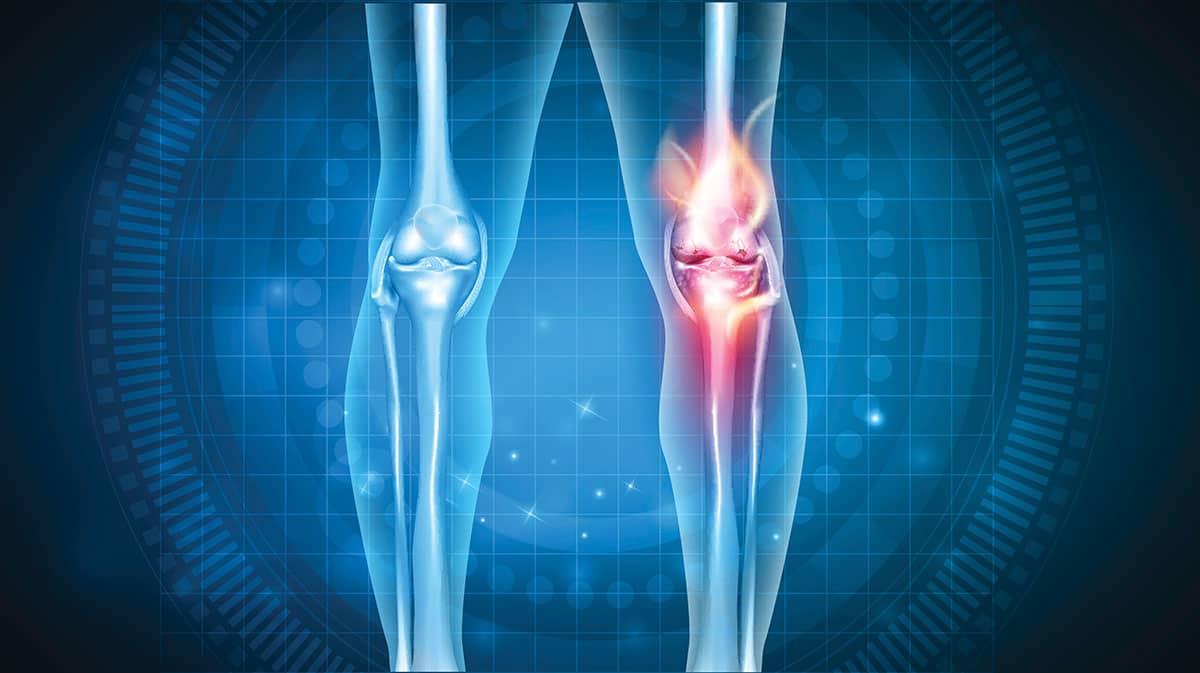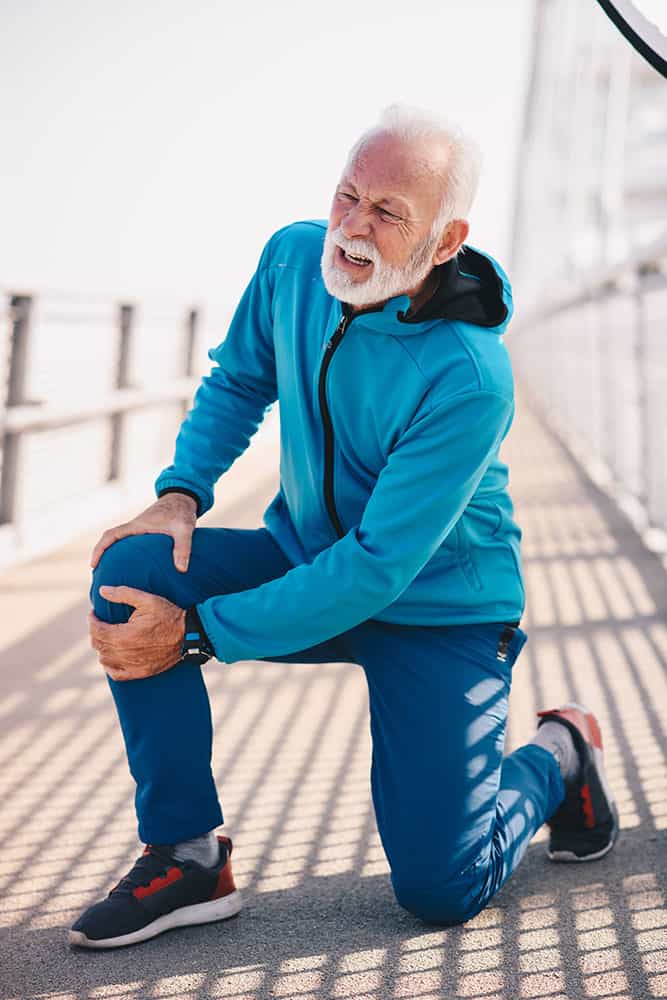Knee Pain
At Kennedy Health, we specialize in providing comprehensive knee pain relief to help you overcome discomfort and regain your active lifestyle. Our skilled medical professionals are dedicated to diagnosing and treating various causes of knee pain, ensuring personalized care and effective relief.
Causes of Knee Pain
Injuries and Trauma
Knee injuries, such as ligament tears (ACL, MCL, or meniscus), fractures, dislocations, or strains, can lead to acute knee pain and instability.
Overuse and Repetitive Stress
Activities involving repetitive movements or prolonged stress on the knee joint, such as running or jumping, can cause chronic knee pain due to conditions like patellofemoral pain syndrome or iliotibial band syndrome.
Arthritis
Osteoarthritis, rheumatoid arthritis, or post-traumatic arthritis can cause chronic knee pain, stiffness, and inflammation due to cartilage degeneration or autoimmune responses.
Tendonitis
Inflammation of the tendons, such as patellar tendonitis (jumper’s knee) or quadriceps tendonitis, can result in localized knee pain and difficulty with activities requiring knee movement.

Types of Diagnoses and Conditions
Osteoarthritis
This degenerative joint disease occurs when the protective cartilage in the knee joint gradually wears down, leading to chronic knee pain, stiffness, and reduced mobility.
Meniscal Tears
Tears in the meniscus, the C-shaped cartilage discs within the knee joint, can cause sharp knee pain, swelling, and restricted movement.
Rheumatoid Arthritis
Rheumatoid arthritis is an autoimmune disorder where the immune system attacks the lining of the knee joint, causing chronic inflammation, pain, swelling, and potential joint deformity.
Ligament Tears
Injuries to the anterior cruciate ligament (ACL), medial collateral ligament (MCL), or other knee ligaments can result in knee instability, pain, and difficulty with weight-bearing activities.
Symptoms Associated with Knee Pain
Pain and Discomfort
Persistent or intermittent knee pain, ranging from dull aches to sharp, stabbing sensations, often worsened with activity or weight-bearing.
Limited Range of Motion
Difficulty fully straightening or bending the knee, resulting in reduced flexibility and restricted movement.
Swelling and Inflammation
Joint swelling, warmth, and redness due to inflammation within the knee joint.
Instability or Weakness
Feeling of the knee “giving way,” instability, or weakness when standing or moving, especially in cases of ligament injuries.
Treatment Options
Medication Management
Nonsteroidal anti-inflammatory drugs (NSAIDs), pain medications, corticosteroids, or disease-modifying antirheumatic drugs (DMARDs) may be prescribed to manage pain, reduce inflammation, and slow disease progression.
Physical Therapy
Our experienced physical therapists design personalized exercise programs to improve knee strength, flexibility, and stability, reducing pain and enhancing mobility.
Assistive Devices
The use of knee braces, orthotics, or crutches can help support the knee joint, reduce pain, and improve mobility.
Injections
Intra-articular injections, such as corticosteroids or hyaluronic acid, may be recommended to provide localized pain relief, reduce inflammation, and improve joint function.
Lifestyle Modifications
Our medical professionals provide guidance on weight management, low-impact exercises, proper footwear, and techniques to reduce stress on the knee joint.
Surgical Intervention
In severe cases where conservative treatments are ineffective, surgical options, such as arthroscopy, ligament reconstruction, or joint replacement, may be considered to alleviate pain, repair damaged structures, and restore knee function.

Take the first step toward effective knee pain relief. Contact Kennedy Health today to schedule a consultation and explore the treatment options available to help you find relief, regain mobility, and embrace an active lifestyle. Trust our expertise and commitment to your well-being as we guide you on the path to a healthier, more comfortable future.

